
Thinking in counterthreats
A little case study about threat handling - how to do it as a GMThreat handling has always been one of my hobby horses as a coach. It is a recurring problem for most of my students that they defend against threats automatically, without any thinking.
The correct thinking process
Ideally, your thinking process should go like this.
After noticing a potential threat, you should ask yourself the following questions:
- Is the threat real at all?
- Even if it is real, can I just ignore it, and play what I originally wanted?
- Instead of defending, can I create a counterthreat?
- If I do have to defend, what are the options?
As I said, most of my students skip the first three questions, and start at step 4. It is a pity, because they miss a lot of opportunities that way.
GM Agrest - a case study
I have been studying the games of GM Agrest recently. I like his playing style, and I wanted to see what opening lines he plays with White. As I am building my own D4 repertoire now, I was looking for some inspiration.
Still, even if I was interested mostly in his openings, I couldn't help but notice the frequency of exemplary threat handling in his games: in every third of fourth of his white games, there is a turning point where he responds to a threat with a counterthreat.
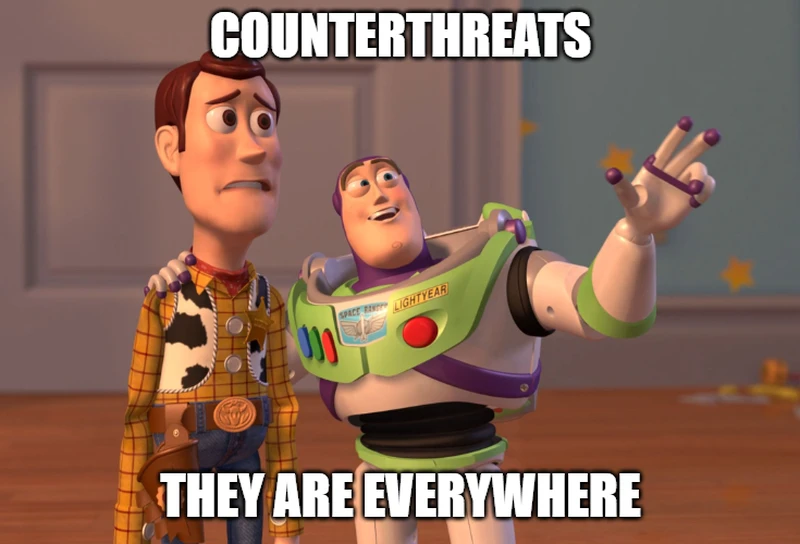
Not that GM Agrest is different from other GMs in that sense. You could find such examples in the games of any GM who plays regularly against weaker opponents.
For GMs, this counterthreat business is bread and butter. It is part of their normal thinking process.
For amateurs, this is something they miss regularly. (That includes most of my students, unfortunately.)
I will give you five examples from GM Agrest's games - although I could give you fifty, because there are so many of them. And to make if more fun, I will try to mislead you by asking the wrong questions. :)
Example 1) Agrest - Vlassov
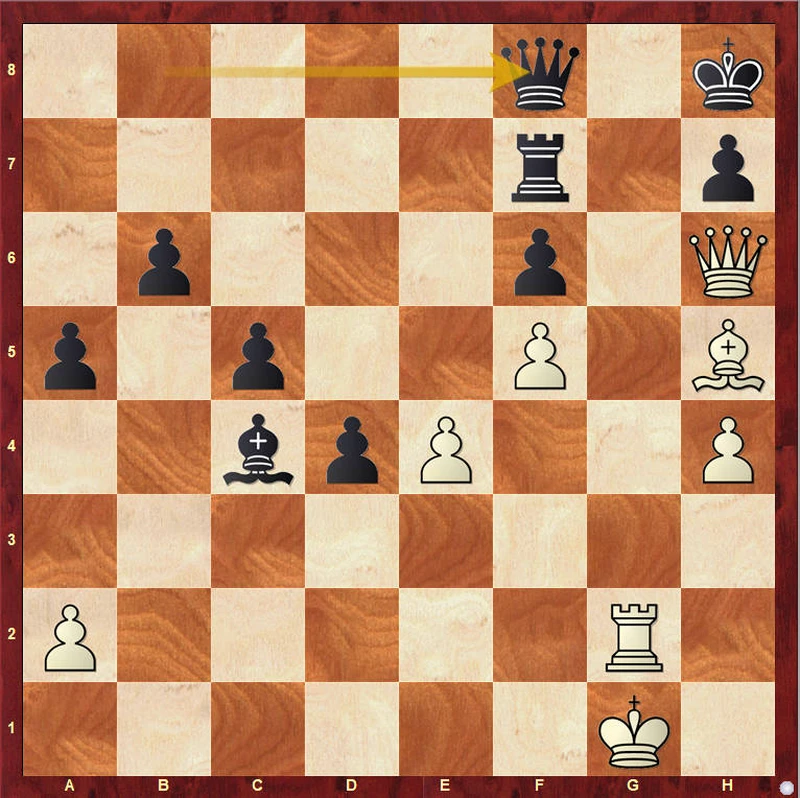
Black has just played 47. ... Qf8, threatening with 48. ... Qxh6. What would you do with your hanging queen? Is it better to exchange it or retreat?
Example 2) Agrest-Bodin
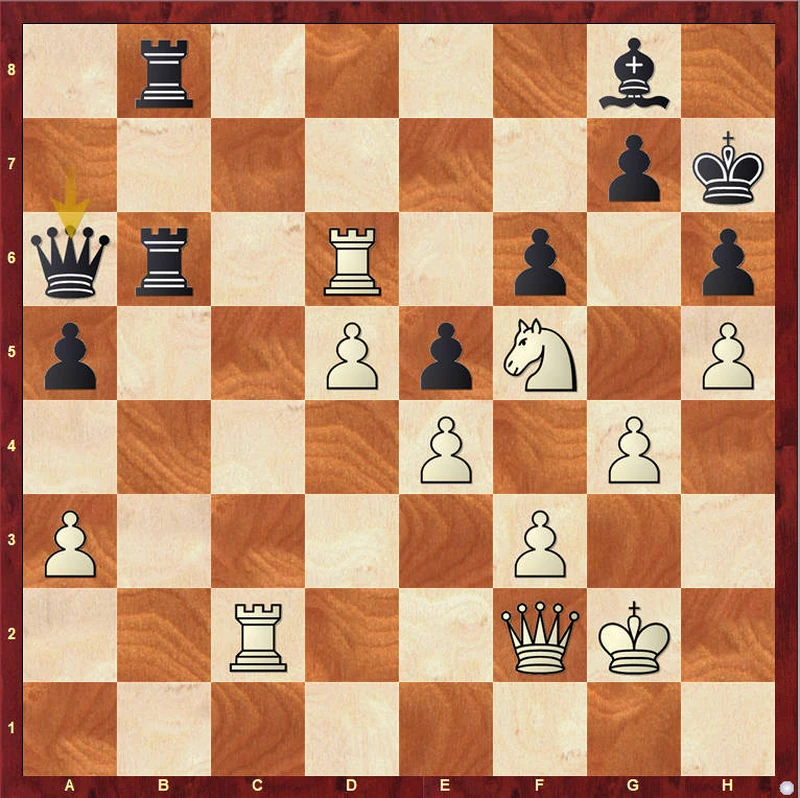
Black has just played 39. ... Qa6, threatening to win a piece with 48. ... Rxd6. Would you exchange on b6 or move the rook away?
Example 3) Agrest-Aronsson
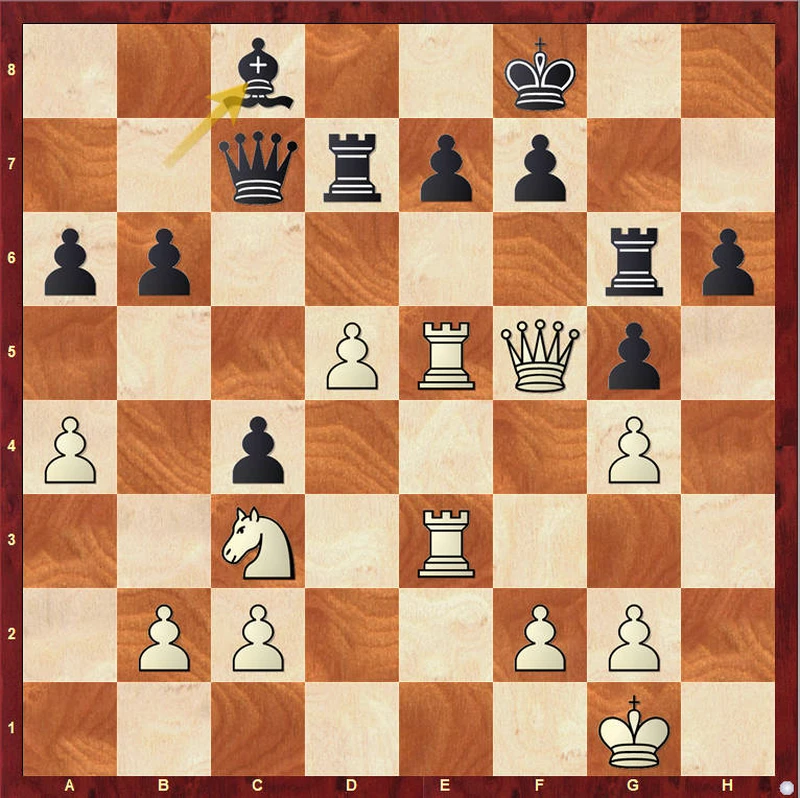
Black has just played 29. ... Bc8, threatening with 30. ... Rxd5. Which retreat square is better for the queen, e4 or f3?
Example 4) Agrest-Berg
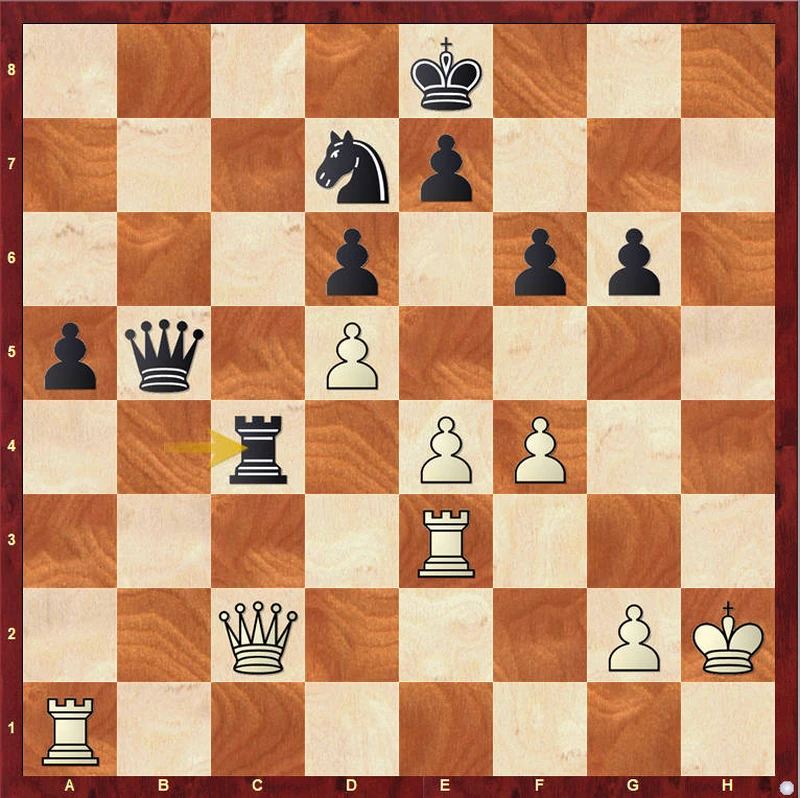
Black has just played 39. ... Rxc4, threatening the white queen. Where would you move it?
Example 5) Agrest-Vaarala
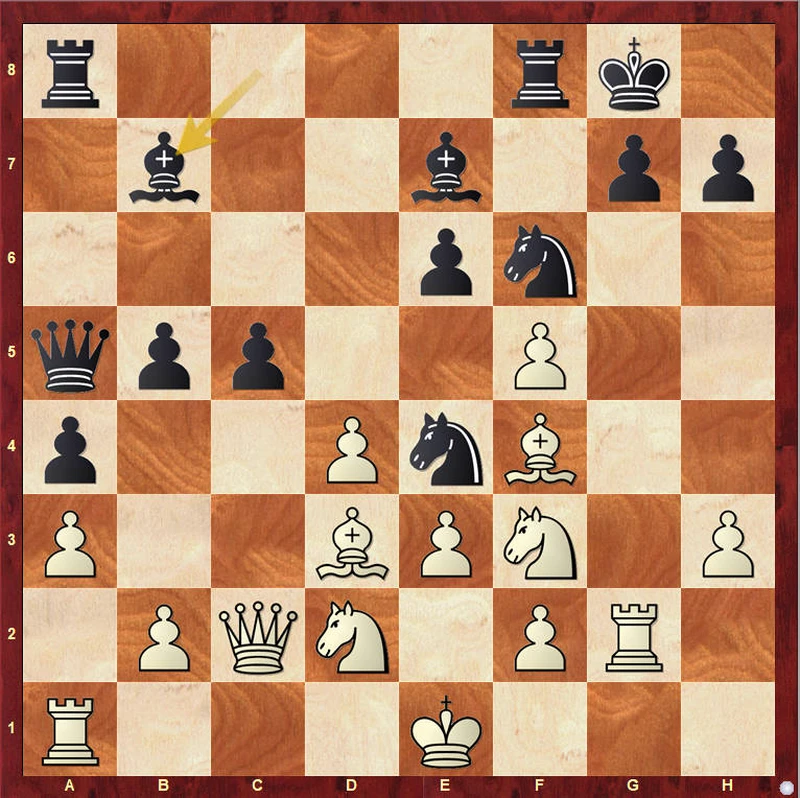
Black has just played 17. ... Bb7, threatening with 20. ... Nxd2. How would you defend against this with White?
You can check your solutions in this study.
I hope you enjoyed the post. If you are looking for no-nonsense coaching with a professional coach, feel free to check my coaching profile here.
If you are interested in working with me, please send me a message with a short introduction of yourself and we can discuss the details.
You may also like
 CM HGabor
CM HGaborEffective training methods - calculation training
A post about improving your calculation skills. CM HGabor
CM HGaborThe truth about checks-captures-threats
Probably the most common advice you hear in chess is that you should always look for forcing moves (… CM HGabor
CM HGaborEffective training methods - doing tactics
My previous post was about chess training in general. We will dive into the details now. So, what yo… IM theScot
IM theScotLife Hacks for Getting to IM
A post about the life-skills that help you in chess. CM HGabor
CM HGabor